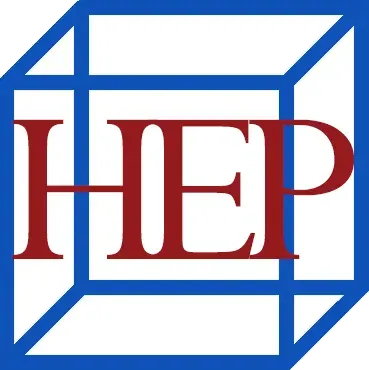The London Volunteers
The Volunteers were the precursors to the Yeomanry and a distinction must be made between Volunteer companies and the Militia. Beginning in Anglo-Saxon times the common law system of fyrd required local communities to call out able-bodied men to preserve internal order or defend the locality against an invader. This developed into the Militia and was run within shires (designated local areas in Britain, Australia, New Zealand and some other English-speaking countries) where men were drafted for fixed periods to perform non-aggressive military duties. (Aggressive duties were always left to the standing army who were trained for it). Volunteer companies existed only as adjuncts to the militia. (The Honourable Artillery Company – see our print HERE – was an exception, being a chartered company). Parliament knew volunteers could only be recruited to assist the militia as appendages of that compulsory form of service. The first Volunteer companies were formed in 1782, as the regular army was drained by service in the Americas, but they were disbanded when the American War of Independence ended the following year. Politicians long distrusted a standing army, an attitude that peaked during and following Oliver Cromwell’s Commonwealth, so the regular army was maintained at low numbers that became dangerous in adversity. Localised administration made the militia more acceptable than a standing army. It was in the control of the local gentry and difficult to organise and co-ordinate. As a result, when the crisis came with France, the militia was in a parlous state of unpreparedness and, rife with the eighteenth-century faults of venality and jobbery and was also full of substitutes.
The 1794 Volunteer Act authorised the raising of the independent Volunteer companies to face the French threat. Volunteer corps and companies were raised for the defence of the counties, towns, and coasts and for the general defence of the country. They were subject to military discipline and entitled to pay if called to resist invasion or to aid the civil power. Companies could extend their area of service and enjoy increased pay and allowances, otherwise pay raised was only granted for one day a week. Arms and accoutrements were provided by the government. The clothing allowance of thirteen shillings and four-pence was later raised to a pound. These terms left some room for private munificence – a long standing feature of army outfitting.
Fashion dictated that the energies of the upper and middle classes should be concentrated on the Volunteers so that the Volunteers drained potential recruits from the Militia, just as the Militia drained them from the regular army. To provide adequate overseas forces, the efforts of successive secretaries of War in this period were devoted to getting men out of the Volunteers or Militia into the regulars. Armed Associations were another form of volunteer service. In 1797 the threat of invasion from France increased with the paralysis of the navy, following the Nore and Spithead mutinies. William Pitt (the Younger, 1759-1806) suggested citizens form Associations, on a parish or ward basis, for local defence. In 1798 Lords Lieutenant of all counties were required to obtain the numbers of able-bodied men between fifteen and sixty and the service they could offer. The King could direct how the forces should be used, but they did not define the conditions of service. They were independent and not subject to military discipline except on active punitive service, which led to eccentricities in some units.The years of the Bonaparte invasion scare saw this upsurge in the display of amateur arms. The country was busy with its parades, drills, exercises, and reviews. The King inspected many Volunteer Companies on his birthday, 4th June 1799, in Hyde Park. Most of the companies shown here would have been present. Dressed in his usual sober manner, King George III sat saluting an estimated 8,000 enthusiastic part-time soldiers.At its height, between 1794 and 1804, it is estimated that there were 410,000 men in the Volunteer forces. From 1804 the numbers of Volunteers, although counted in hundreds of thousands for some years, perceptibly declined. Rowlandson’s book is an invaluable record of these years when danger threatened, and the government organised the ordinary people’s talents and enthusiasm for the defence of the country.









